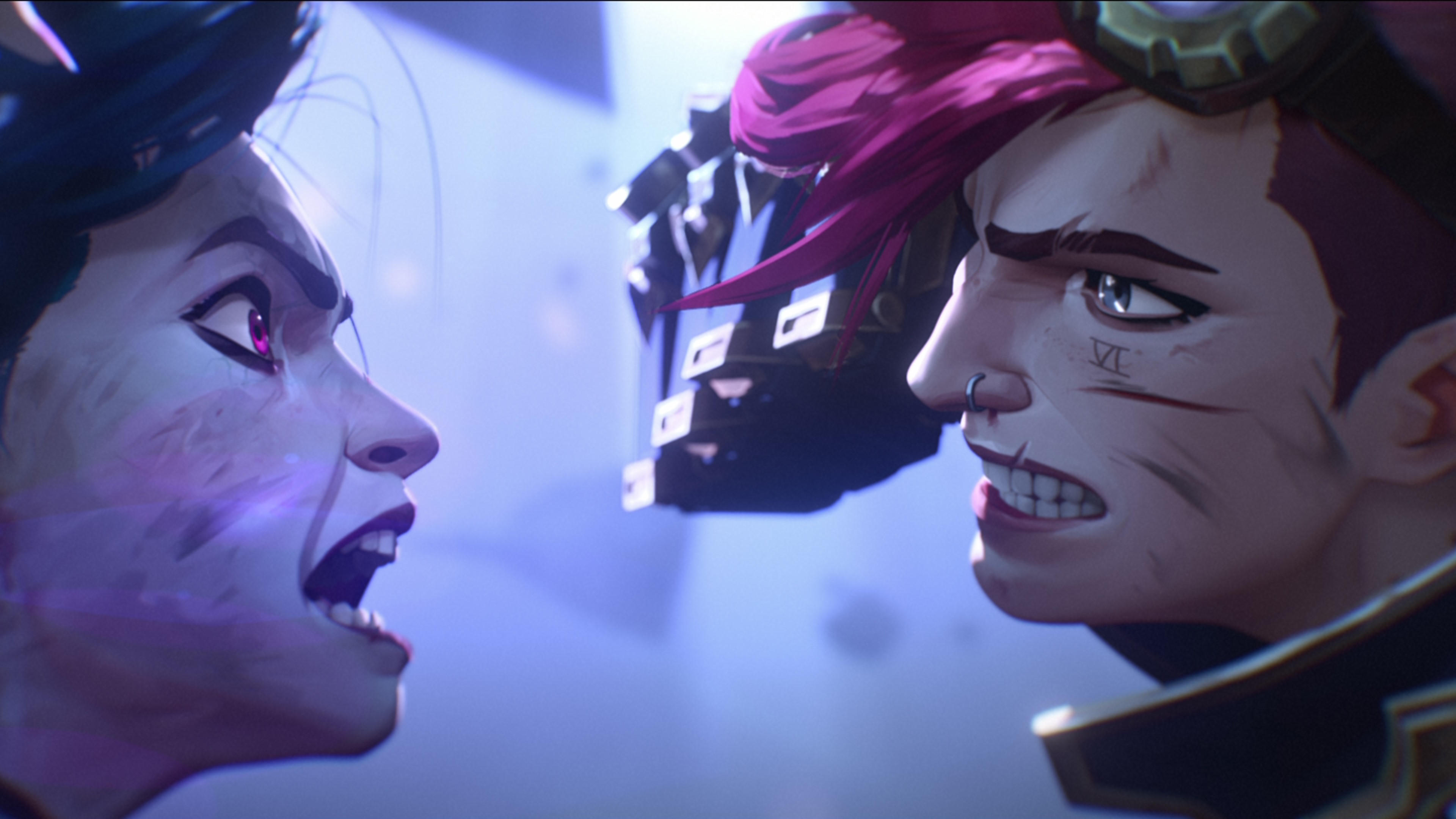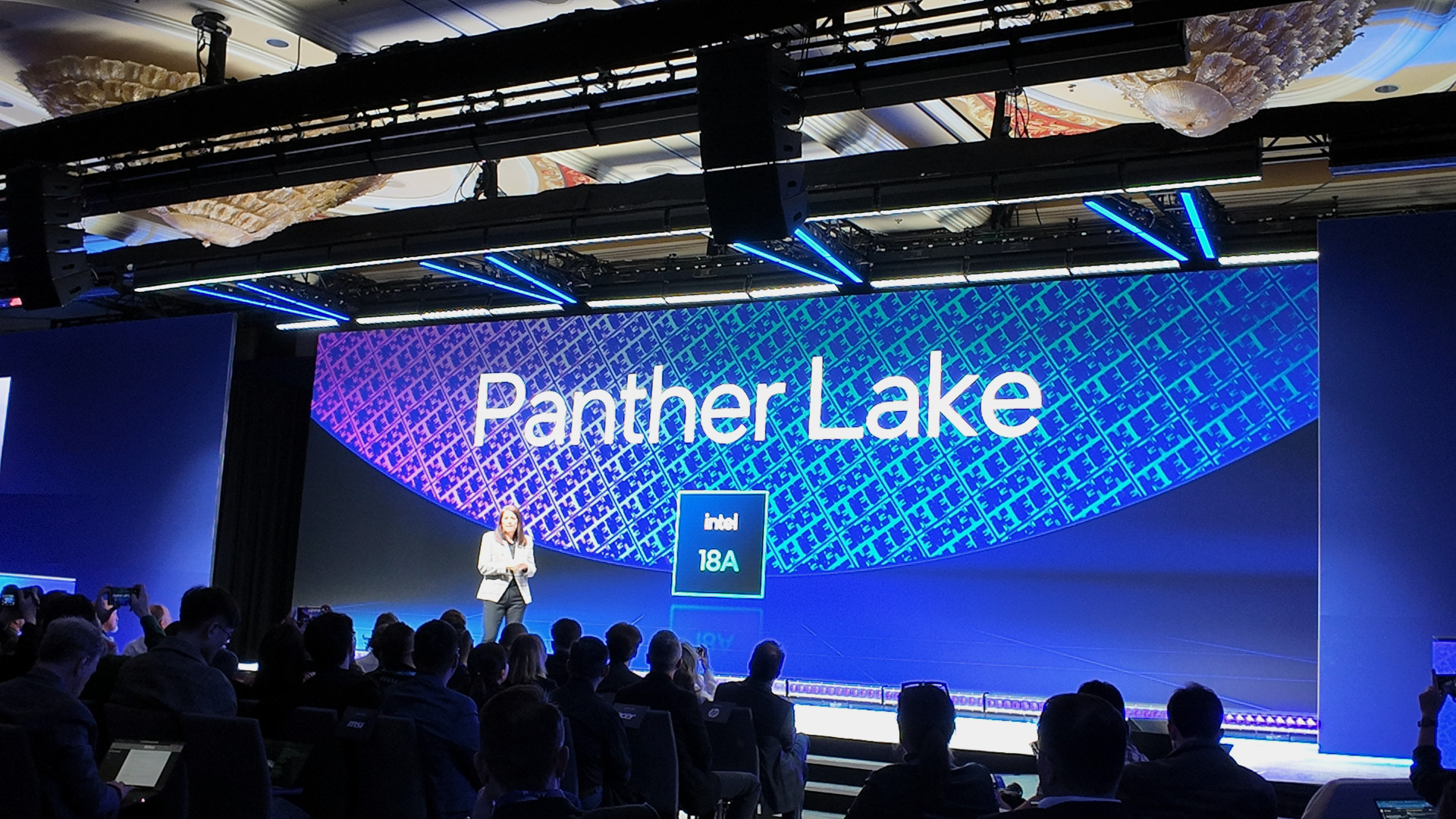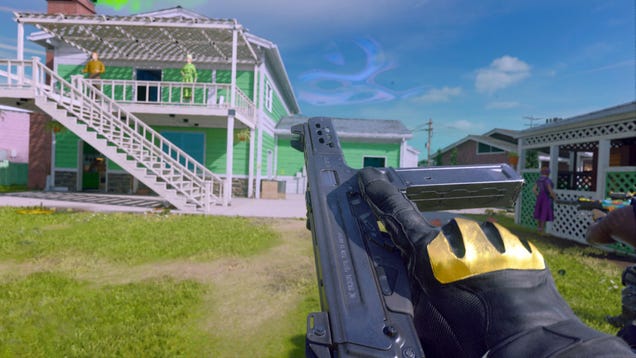
That figure makes it the most expensive animated series every produced.
A new Variety report says Arcane, Riot’s League of Legends-based animated series, cost a whopping $250 million for just two seasons, an astounding pile of money that makes it “far and away” the most expensive animated series ever produced for television or streaming platforms.
Riot did not confirm the reported figure, but chief product officer Marc Merrill told Variety, “We’re more than comfortable with the spend it took to deliver a show that was worthy of our players’ time.”
Arcane will comprise 18 episodes in total when its two-season run ends, meaning the overall spend works out to just shy of $14 million per episode. To put that into perspective, that’s not much less than the per-episode cost of the final season of Game of Thrones; to use a show I find more relatable, you could make roughly seven episodes of Stargate SG-1 for what Riot spent to do one ep of Arcane. Only approximately 33 Hollywood films have cost more to produce, though Arcane is of course much longer—and considerably more acclaimed than many of the blockbusters on that list.
As for how Riot ended up spending so much money on what is, when you get down to it, a cartoon, Variety said the main issue was “inexperience” in the field, which led to profligate spending and frequent cost overruns. Riot also spent $60 million promoting the first season of Arcane, according to the report, which was far more than Netflix—where the series actually ran—spent on it.
The report goes deep into Riot’s seemingly stalled aspirations to grow into an entertainment company beyond the boundaries of videogames. In 2020, for instance, Riot hired Avengers masterminds Anthony and Joe Russo to head up a film set in the League of Legends universe, but when it had second thoughts on the project it was forced to pay them $5 million to walk away from it. Former Netflix exec Shauna Spenley, who was hired in 2020 to head up Riot’s new entertainment division, left the company in August, and the report says the division has been “essentially disbanded.”
Despite the apparent shift in priorities, “[Riot’s] ambitions in entertainment haven’t changed,” Merrill told Variety. “We were never intending to operate like a traditional studio with traditional timelines. What did change as we learned more was our expectations of ourselves: We realized that getting it right takes a lot more time than we’d originally expected, and so we recalibrated our development, output goals and teams with that in mind.”
That change in thinking may be reflected in the two rounds of layoffs imposed at Riot earlier this one, which saw 530 people put out of work in January and another 27 in October. In an email sent to employees announcing the January cuts, Riot CEO Dylan Jadeja said the company has made “a number of big bets” since 2019 as it expanded into “a multi-game, multi-experience company,” but admitted that “some of the significant investments we’ve made aren’t paying off the way we expected them to.” The January layoffs also saw the closure of Riot Forge, the publishing initiative it launched in 2019 to make singleplayer League of Legends games like The Mageseeker and Ruined King with external studios.






